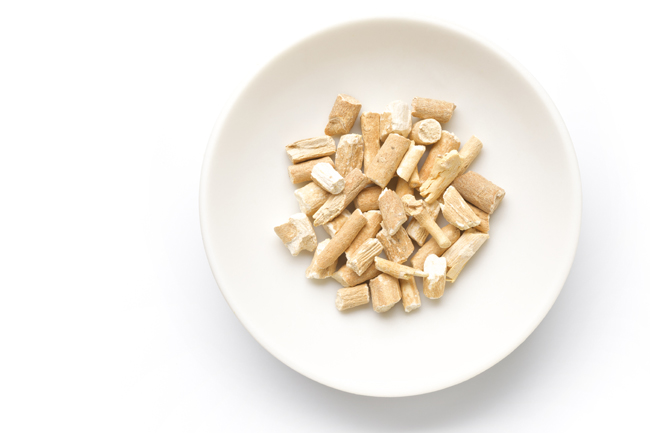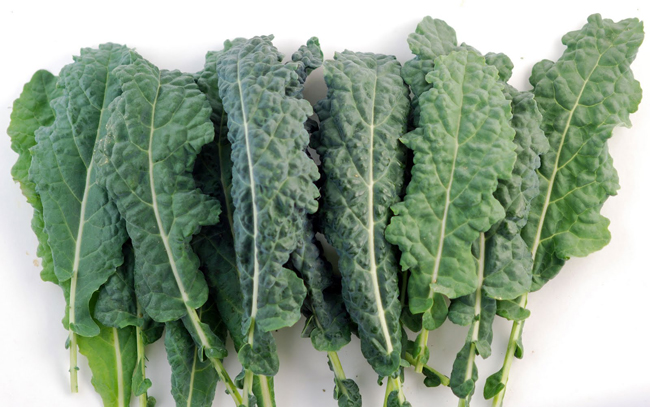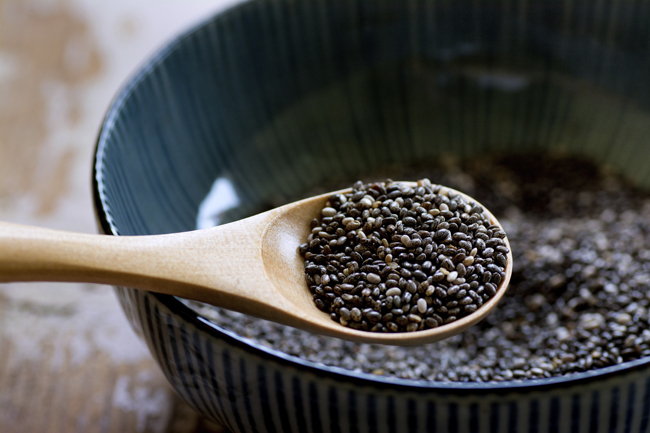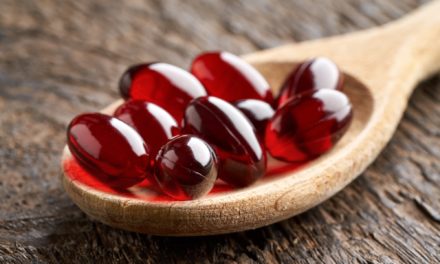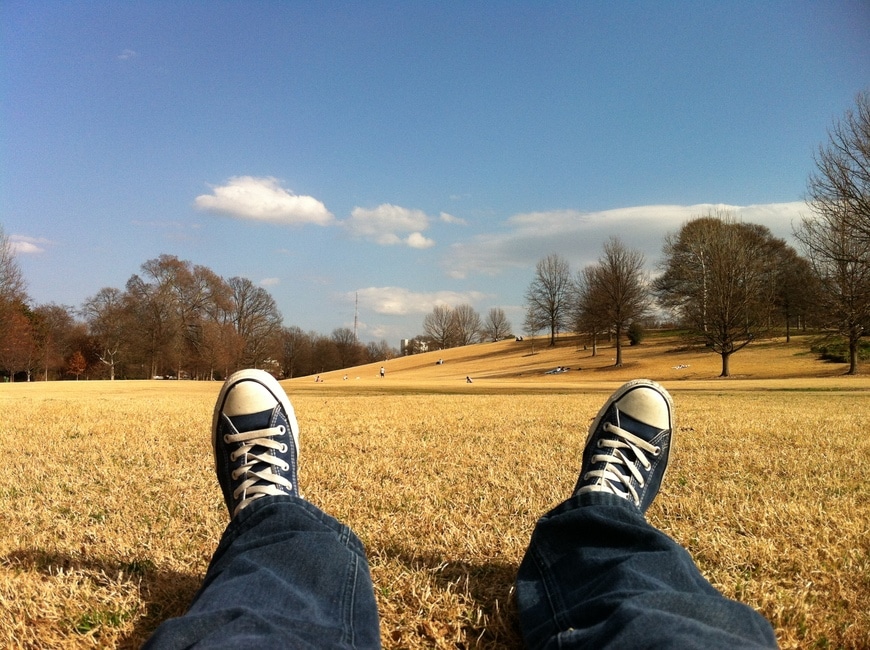Ashwagandha’s potency and health benefits are thanks to its active ingredient: withanolides.
This group of flavonoids helps to support the body’s healthy response in many ways, like stress reduction and sexual function. It is most potent in concentrated form. But does your ashwagandha contain the highest level of this active ingredient?
Read on to find out 3 things to look out for evaluating the withanolides in your ashwagandha…
1. Get an accurate and reliable measurement of withanolide concentration.
The HPLC method of withanolide assessment operates near the molecular level and is much more discriminating and accurate. Be sure that your ashwagandha’s withanolide levels are measured in HPLC.1 In contrast, the vast majority of manufacturers across the world estimate withanolide content by gravimetric analysis. This method does not provide accurate results. This measurement can overestimate withanolide content by a factor of 2.5 to 3! This is because it bundles withanolides with other compounds and over-assesses the extent of withanolides.
For example, in one dosage of ashwagandha, the withanolide content measured by HPLC is found to be of >5% concentration. When measured by gravimetry, it was measured as much in the 8 – 15% concentration. A higher reading, but an inaccurate one! Be sure your measurements are reliable.
2. Be sure to choose the highest percentage of withanolides.
First and foremost, be sure that your ashwangadha has the highest level of withanolides! Currently, the highest available concentration of withanolides in ashwagandha is 5% (measured in HPLC). Does your ashwagandha contain this highest level available?
The best choice of ashwagandha is standardized to the highest percentage of withanolides in the world, >5% by HPLC, derived only from the roots of the plant.
3. Remember that not all withanolides are created equal.
It’s true: not all withanolides are beneficial. Withaferin A is one withanolide that is cytotoxic, as has been established in multiple scientific studies. So, it is undesirable to have Withaferin A in an ashwagandha extract when the intended use is for classical applications like building anti-stress ability, energy, cognition and immunity. Some ashwagandha extracts have high levels of Withaferin A because the manufacturers use ashwagandha leaves, instead of just the roots.2
So what should you do? Simply choose an ashwagandha that consists of negligible levels of Withaferin A. This makes it very safe for human consumption.
By choosing the most potent form of ashwangadha – one rich in withanolides – you are most likely to enjoy the benefits of this ancient herb.
Want to learn more? Get a FREE copy of our exclusive eBook Ashwagandha: The 2,000-Year-Old Ayurvedic Herb Backed By Modern Science, and learn about the many powerful benefits of this ancient herb.
References
- http://www.academia.edu/19316196
- http://www.ncbi.nlm.nih.gov/pubmed/22822528
Disclaimer: Despite the references provided, the information on this site is intended for educational purposes only. It is not meant to cover all possible precautions, drug interactions, circumstances or adverse effects. Please refer for advise and treatment by a licensed physician.

